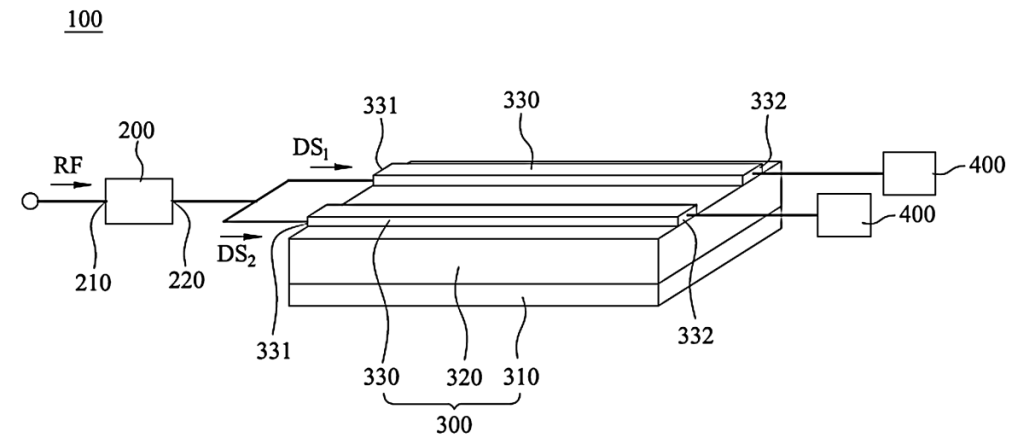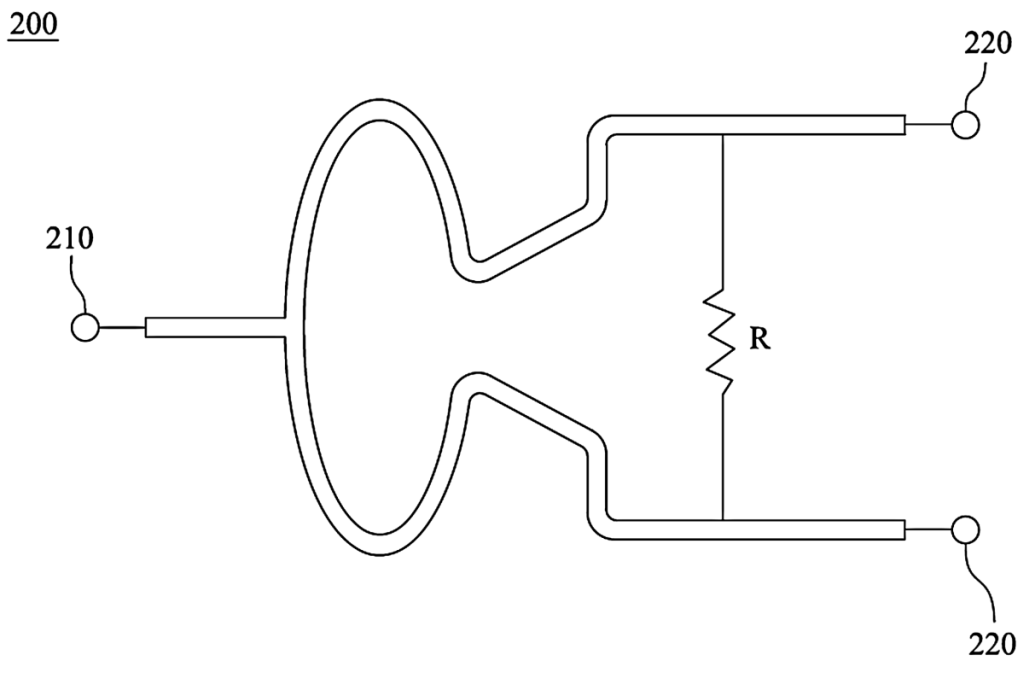| Technical Name | NEAR-FIELD MAGNETIC SENSOR AND HOMOGENIZING METHOD OF NEAR-FIELD MAGNETIC ENERGY | ||
|---|---|---|---|
| Project Operator | National Changhua University of Education | ||
| Summary | The present invention provides a near field magnetic sensor which includes a phase difference wave separator, a near field sensing structure, and two terminal loads. The phase-difference wave separator receives a radio signal and separates the radio signal into two partial waves, wherein a 90-degree phase difference is between the two partial waves. The two partial waves will coupled by the two radiating body of the near field sensing structure for homogenizing a surface magnetic energy of the near field sensing structure. |
||
| Scientific Breakthrough | Radio frequency identification (RFID), with long-distance reading and writing ability to quickly and simultaneously identify a large number of electronic tag, has received increasing attention. The antenna used in near-field radio frequency identification is generally larger than its operation wavelength, and the antenna surface can not generate a uniform magnetic field, so that a read dead angle is generated when sensing. The present invention provides a near field magnetic sensor which includes a phase difference wave separator, a near field sensing structure, and two terminal loads. The phase-difference wave separator receives a radio signal and separates the radio signal into two partial waves, wherein a 90-degree phase difference is between the two partial waves. The two partial waves will coupled by the two radiating body of the near field sensing structure for homogenizing a surface magnetic energy of the near field sensing structure. The invention can effectively solve the reading dead angle problem caused by the non-uniformity of the induced magnetic field at a short distance. The invention can be applied to the communication, information, medical, electrical, electronic, intelligent machinery, and optoelectronic industries, and has great market application values. |
||
| Industrial Applicability | 可應用通訊、資訊、醫療、電機、電子、智慧機械及光電等領域 |
||
other people also saw







